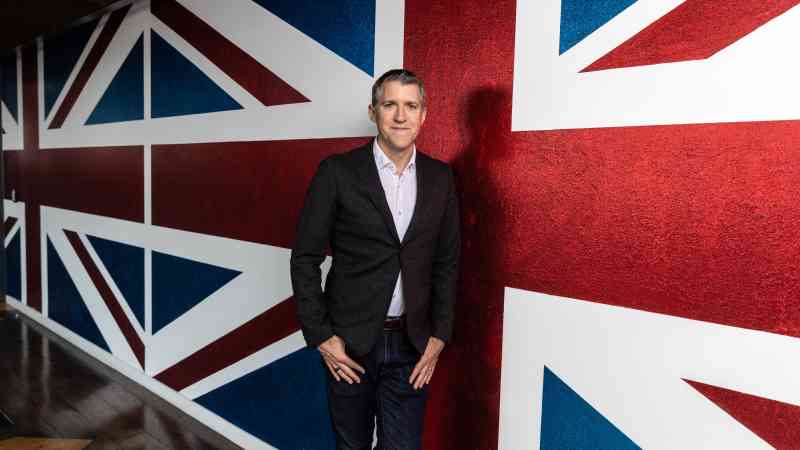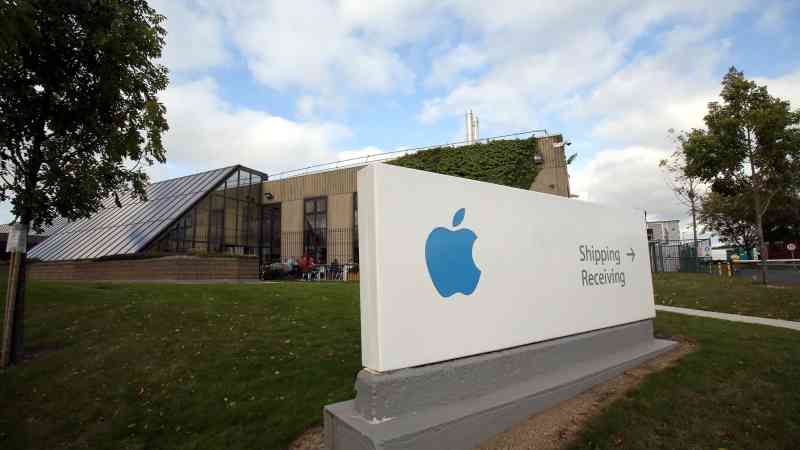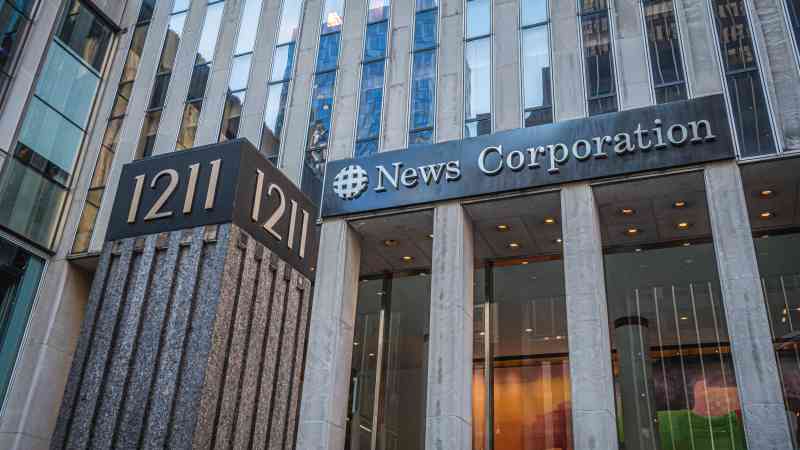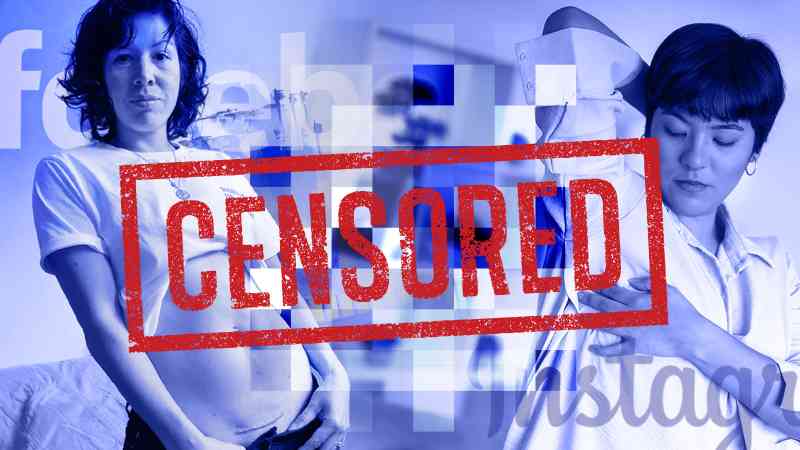Google starts closing cookie jar for advertisers
Google Chrome, Britain’s favourite internet browser, has begun slowly turning the lights out on the buying signals that brands have used for more than a decade to plan their digital advertising campaigns.
The tech giant blocked so-called third-party cookies for 1 per cent of Chrome users globally in January, roughly 30 million people. In agreement with Britain’s competition watchdog, which is policing the change to see that advertising competitors are not put at a disadvantage, it will turn off these cookies for the other 99 per cent by the end of the year.
Google is the last of the big browsers to tackle the privacy issues inherent with the ability of advertisers to track consumers as they visit different websites. Cookies are files for ad tracking, analytics and other functions that get stored in the browsers of website visitors.
Mozilla’s Firefox went first in 2019, followed by Apple’s Safari in 2020, but Google is the big beast, making $65.52 billion in ad revenues in the final quarter of 2023. When the lights go out in its neighbourhood, advertisers will really notice.
Digital ad agencies contacted for this article wanted to know how Google ads would work when the third-party cookies disappeared. They believe that Google does not really know the answer.
Dan Taylor, global head of Google Ads, begged to differ. “We know what it’s going to look like,” he said. “There are always going to be some open questions when the switch goes live, but we’ve been conducting back-end testing and experiments withholding cookies to see how the ads perform.” The tests suggest a decline in conversions in the range of 1 per cent to 3 per cent.
The digital advertising industry is predicated on the idea that businesses wanting to sell goods and services can identify people who want to buy them by the behaviour they display online. This might be an active search for a secondhand car or a new jumper, or displaying a weaker buying intention signal of watching a TikTok star trying out a new cosmetic brand or reading a review of a new type of golf club.
Cookies turned out to be the technology that enabled the promise of precision marketing to gain traction. Now that third-party cookies are disappearing, Google Ads, and its rivals such as Amazon, Microsoft, Criteo and Comcast, are developing replacements that promise similar results while leaving advertisers not knowing quite how or why.

Taylor, 53, said his mission for his business advertisers remained to “deliver relevant ads based on an audience that you want to reach and being able to measure whether or not something happened as a result of that. Did someone go to the website, does someone make a purchase?”
Third-party cookies did a good job but there was a “privacy compromise” and the resulting consumer backlash led to people deploying software to block cookies and revoke consent for even first-party cookies, which track behaviour on a specific site.
Ad agencies and brand owners are going to have to accept the change, with the industry entering an “inflection point” in 2024, Taylor said. “We’re moving from an era where precision is required to deliver on digital advertising to one where prediction is increasingly put to use,” he said. “The marketers and publishers that haven’t really made a lot of changes while this signal deterioration has been happening are coming to a cliff.”
To help them Google has created more privacy-sensitive code that sits in its browser and gives advertisers and publishers tools to reach relevant audiences, “but without that user-level tracking”, Taylor said. “Let’s say you’re an automaker and you’re interested in reaching someone who’s in the market to buy a car in the next three months. It is something that you can discern from someone’s search behaviour, someone visiting car dealer websites or auto reviews.
“The browser still recognises where that consumer is spending time, but rather than give the technology provider the tool to see all the places that a consumer has visited, they’ll just identify that this group of users is interested in buying a car in the next six months. You are not going to be able to identify who they are, but you’ll be able to reach them with addressable ads.”
Google Ads’ new tools include software such as Performance Max and Demand Gen that help marketers to design and promote ad campaigns to specific audiences, with the help of its generative AI software, called Gemini (see box below). Alternatives include Meta’s AI-powered Advantage software.
Demand Gen, released in October, targets ads at consumers skimming through content on YouTube, its Discover content feed and Gmail. “TikTok has been very popular in this regard; Meta has made a pretty nice little business for themselves out of that. We recognised that we had an opportunity to put an offering in the market beyond when someone’s doing a search and ready to buy,” Taylor said.
The ad tools can automate tasks that would previously take time and, from Google’s test results, can generate campaigns that are more effective, particularly for small businesses who typically run campaigns in-house, he added. “My wife sells cookbooks online. Guess who her search engine marketing strategist is? Yes, that’s a one-man shop. I’m using all of these tools that are at my disposal, because I’ve got maybe 20 minutes a week to think about it. So we absolutely think that a lot of the benefits of generative AI will benefit small businesses.”
Google is not out to take work from its advertising partners, he insisted, but acknowledged that marketing agency fees made from low value, repetitive tasks may be vulnerable as automation takes over. “It is not a stated or unstated strategy of Google to intermediate agencies by doing this. Marketers and agencies aren’t competing with AI, they’re competing with other marketers and agencies who are using AI.” He referred to the gen AI efforts of ad giants such as WPP and Publicis.
He added: “AI is not replacing marketing expertise: it’s meant to multiply it. I can either write 12 text ads and hope that they work or I can get 40 suggestions from Google Ads based on my website that AI predicts will perform as well, or better, than the ones that I wrote. That to me is empowering to a marketer not replacing [them].”
Google is treading carefully, nonetheless. Taylor said that updates to its generative AI software were not being rushed out. “We are moving pretty deliberately in that space, as opposed to a ‘move fast and break things’ approach, which I don’t think serves us well from an AI perspective.”
He also has one eye on the European Commission’s antitrust regulator, which thinks that Google’s advertising business is exploiting its dominant position and has proposed a break up. Taylor rejected those arguments: “The industry is incredibly dynamic and competitive with a lot of entrants. I think about Amazon, who decided to get in the ads business five years ago and is now a top two player, maybe a top three. Apple has built an ads business from the ground up; TikTok is brand new into the environment. Those are just the big guys.
“What the European Commission didn’t quite see in their statement of objections is how competitive day-to-day programmatic advertising is. The average large publisher uses six different technology providers to help them sell ads. The average large advertiser uses more than three, and they compete on a per-impression basis. It’s anything but a winner-take-all environment, and so we’ve objected to that.”
The two sides are now in the discussion phase. “We’re engaging,” said Taylor. A ruling from the antitrust authorities is likely later this year.
Google’s Gemini powers AI-advertising engine
Marketers using Google’s Performance Max software can now ask its generative AI to make their ads for them, the tech giant has announced.
It should mean that brands designing multiple ads to appear to consumers searching for different niche content on the internet can create relevant ads quickly and see good results.
Dan Taylor, global head of Google Ads, said the service would “use generative AI to assist the marketer in making better creative, quickly. It really helps scale a lot of the creative generation, particularly for ads that are for very specific queries.”
Google also said that AI-generated images and video would follow, with a US launch in March and other countries shortly afterwards. This upgrade will enable marketing teams to generate “lifestyle imagery” that shows people as well as objects moving, and could lead to more AI-created imagery appearing on video channels such as YouTube.
Taylor said tests of the search ads campaigns generated by a newly launched AI feature had recorded “a 42 per cent increase in high-quality ads, as ranked by our system, particularly in the small business segment”.
Google will not, however, allow ads to replicate celebrity likenesses. “We don’t want to get into deep-fake territory and any generated AI content is watermarked so that you can detect whether or not it’s genuine or whether it was generated by AI,” Taylor said. “We think it’s really important to prevent the spread of misinformation.
“And we’re not deploying these things automatically. We’ll generate creatives, whether they be text or image, and we’ll put those into the advertisers queue for them to review and approve. It will not run on its own. We want to make sure that there’s a level of quality assurance that the advertiser can put on that.”
Google is also partnering with Canva, the design app used by 135 million people each month, so that small businesses can upload their designs without any compatibility issues.






